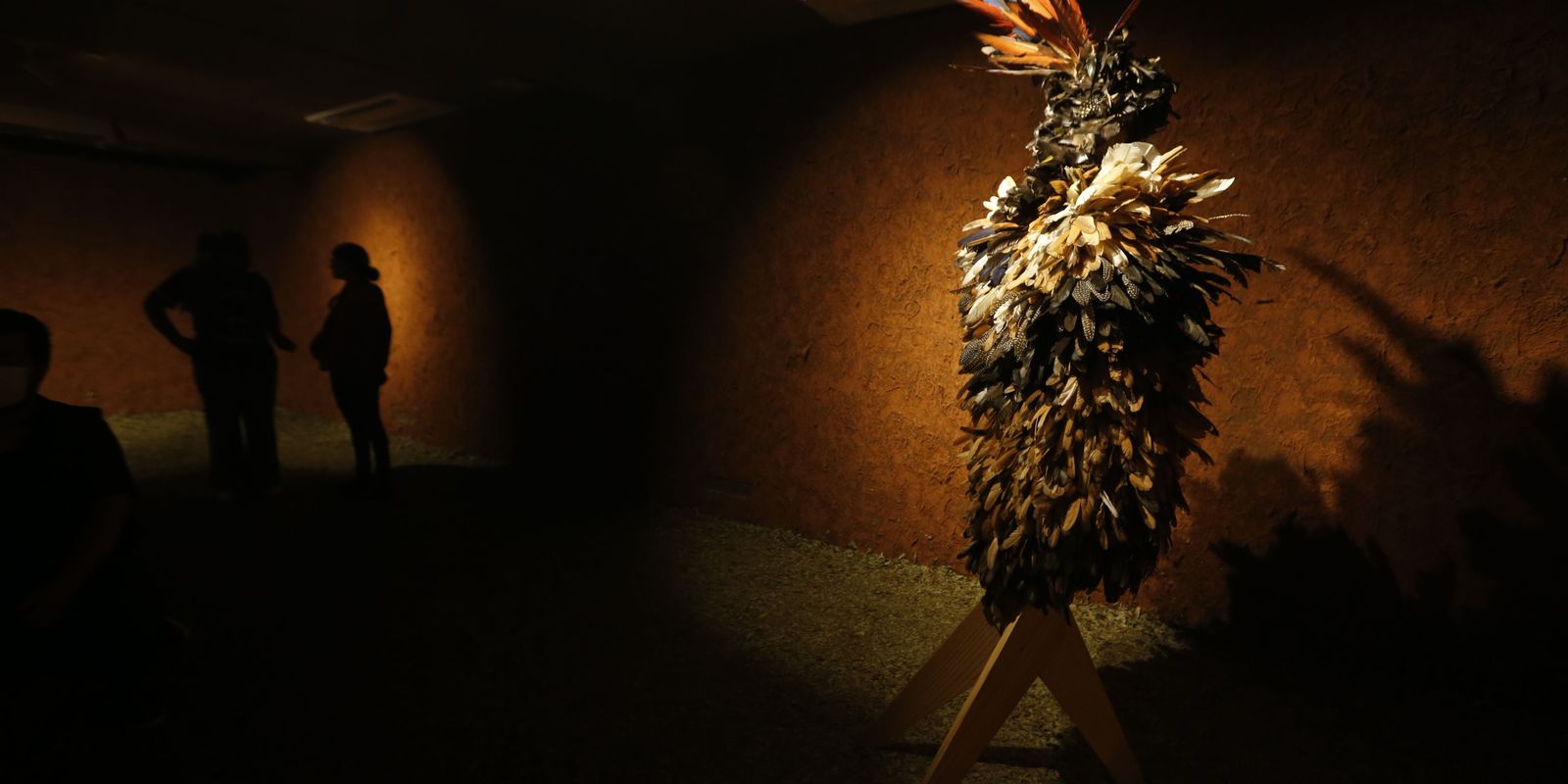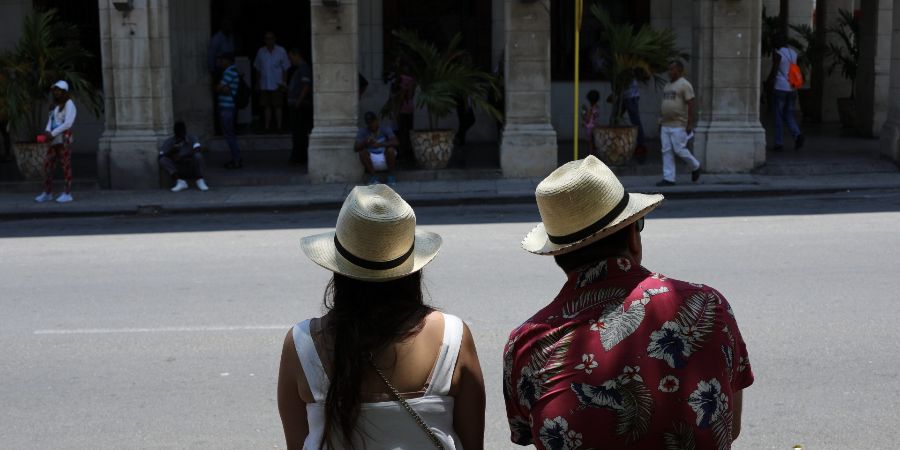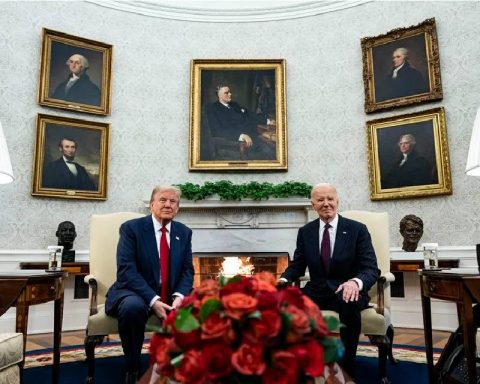The sacred Tupinambá cloak, which had been in Denmark since the 17th century and returned to Brazil in early July, will finally be received by its people, the Tupinambás of Olivença, in a ceremony scheduled for September 10-12. The artifact is under the care of the National Museum, linked to the Federal University of Rio de Janeiro (UFRJ).
The return of the cloak was marked by controversyinvolving the indigenous people and the management of the National Museum. As they consider the historical piece to be an elder who is returning to his people, the Tupinambás expected to be present when the cloak arrived in Brazil on July 11, but the Tupinambá Indigenous Council of Olivença (Cito) claims that it was not officially notified about the artifact’s arrival. The ceremony, which will take place in the capital Rio de Janeiro, was scheduled for end of augustbut it was postponed.
“We said that the cloak could not arrive in Brazil without us. It arrived without us and is still in the National Museum without us. We are happy that it is in Brazil, but at the same time sad, because we have not yet done our spiritual part. It is a living being, it is our history. We planned all of this.” [a recepção do manto pelos tupinambás] with our village elders and it didn’t happen. He arrived without us knowing,” said the Tupinambá chief Jamopoty, in an interview with Brazil Agencyin July.
The National Museum, in turn, reported that, before presenting the cloak to society, it would need to adopt “all necessary procedures for the perfect conservation of the piece, so important and sacred to our native peoples”.
Furthermore, the Museum stated that it notified all members of the Working Group for the Reception of the Tupinambá Mantle, of which Jamopoty is a member, of the arrival of the cloak by email.
The National Museum reported that the ceremony to present the cloak to the Tupinambás is being organized by the Ministry of Indigenous Peoples and that it has not yet received details about the event. Brazil Agency contacted the ministry but had not received a response by the time this report was published.
With the confirmation of the ceremony, Jamopoty stated that a commission of Tupinambás will arrive in Rio de Janeiro on September 7th.
In early August, the Museum’s director, Alexandre Kellner, attended a meeting with Tupinambá leaders in the Itapoã village, where there was a moment of tension between the museum’s representative and representatives of the indigenous people. However, the National Museum issued a statement denying that there was any conflict with the Tupinambá leaders.
“The management of the National Museum/UFRJ reinforces that the dissemination of information that is not true, or is taken out of context, is not in line with the historical moment we are living in, with the return of the Mantle to Brazil, which, from now on, can be revered by all Brazilians. The return of the mantle is an important achievement and an opportunity for unity and celebration.
Memory
The cloak is a 1.80 meter tall garment, made with red guará feathers on a natural fiber base and arrived at the National Museum of Denmark (Nationalmuseet) more than three centuries ago, in 1689. It was probably produced almost a century earlier.
In addition to its aesthetic and historical value for Brazil, the donation of the piece represents the rescue of a transcendental memory for the Tupinambá people, as they consider the cloak to be a living material, capable of connecting them directly with their ancestors and the cultural practices of the past.
It is believed that the Tupinambá people have not made this cloak for several centuries, as it only appears in images from 16th century chroniclers.
In the interview with Brazil AgencyIn July, Jamopoty spoke about setbacks in the lives of indigenous people. “We still don’t have our land demarcated, our territory is all invaded. So, we are looking for a meaning to deepen our identity as a people. And the cloak is one of those meanings. It is now in the National Museum, but it is ours. It has a people, a people that Brazil said was extinct. However, we are here. So it is a little bit of our history.”

















